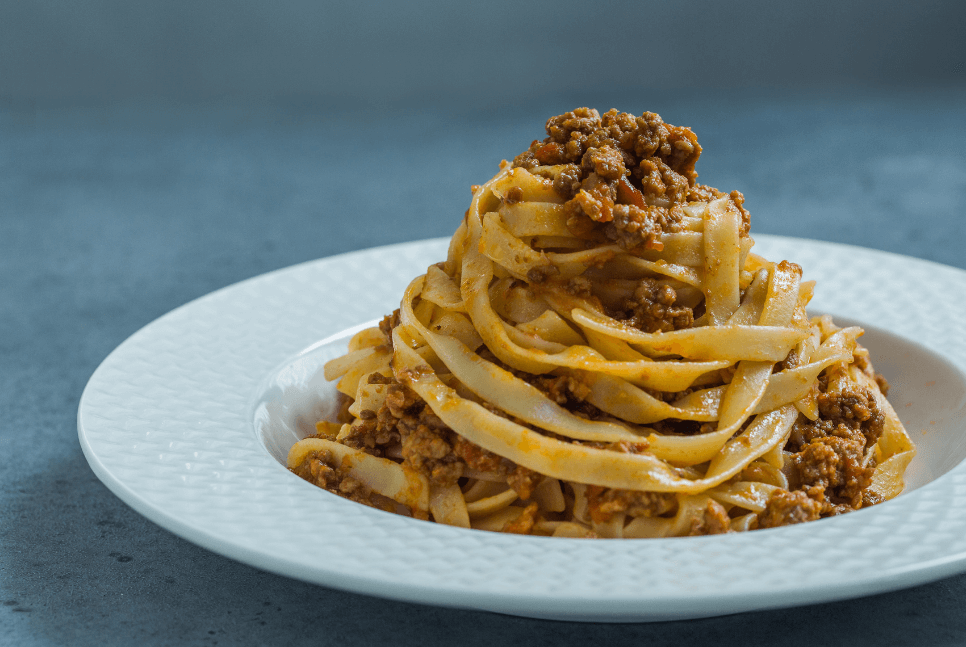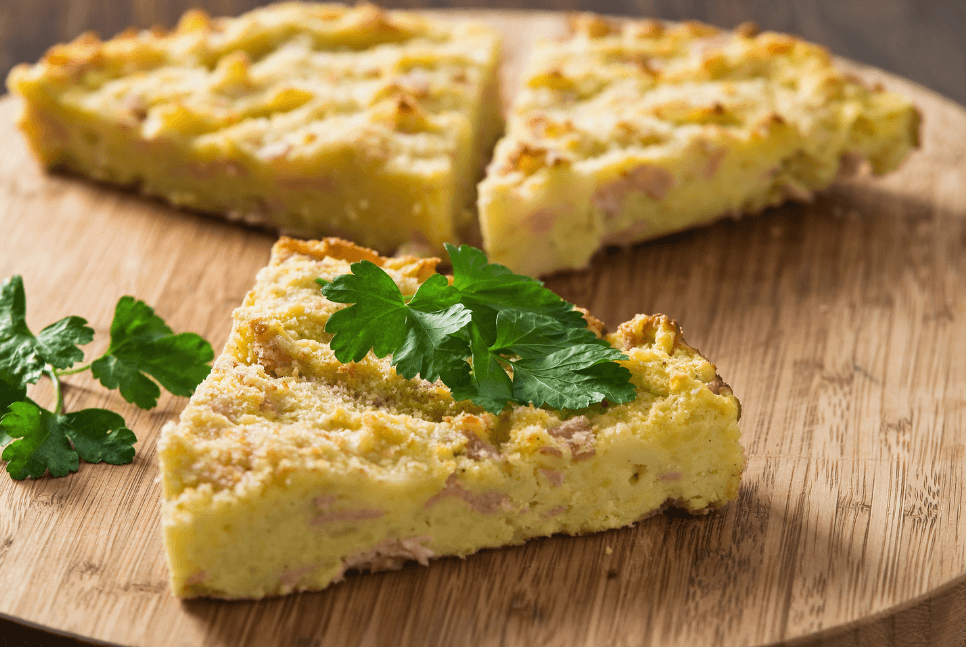
The cuisine of the Monsu in Sicily
A long-lived cuisine, but one that still satisfies the palates of millions today. That of the Monsu was considered a culinary art, a perfect meeting of French refinement and the essence of the Sicilian tradition.
Who were the Monsus?
To explain the origin of the Monsu, reference must be made to the Bourbon Sicily. In particular, when in 1768 Marie Caroline of Habsburg, sister of Marie Antoinette Queen of France, married Ferdinand I of Bourbon, ruler of the Kingdom of the Two Sicilies.
Maria Carolina detested Neapolitan gastronomy, considering it unsuitable for court life. Shortly after the wedding, she insisted with her younger sister that the much-acclaimed Maître: Monsieur of the high French culinary art.
Since that time, the Monsieur, they became the undisputed stars of the 700′ and 800′. They were scattered in the residences of royalty, contested among the noble Bourbon families.
Indeed, in order to have a French cook within their walls, the houses were willing to grant him an apartment at court and a not inconsiderable fixed fee.
Arriving in Sicily, their name was influenced by the dialect and changed to Monsù. By now, these
lords of the kitchen had become an institution, likened to artists for their refinement and thorough research of flavors.
They were even protagonists of Italian literature, as in the case of “The Leopard” or of “The Viceroys“. They surpassed other Sicilian cooks in fame, who were renamed “straw cooks“.
How did they influence Sicilian cuisine?
The Bourbons were very demanding at the table, in fact they asked the Monsù to revisit the dishes of the Sicilian tradition Or even to create new ones. All of this is combined with the French culinary art, excellent km0 products, such as vegetables, fish and game.
To these taste artists are recognized, therefore, numerous creations that have entered the bestseller lists of Sicilian preparations. As the potato gattò (gateaux) or the ragout (ragout), first workhorses of the Monsu, then renowned traditional dishes of the Island.
Some of them underwent revisions over the years. For example, the famous Falsomagro originated as a cow meat dish with a fibrous texture, made sweeter and more delicate by a vegetable and vegetable filling. Over time, it was repurposed with fillings that were always varied and plentiful, giving it stronger flavors.
But, deeply influencing Trinacria cuisine was also another aspect. The Monsus began to hire the “
straw cooks” as apprentices to train them.
In time a veritable academy was born, where they took the place of their French colleagues, separating the culinary tradition from their nation and making it for all intents and purposes Sicilian.

Potato gateaux
Monsu cooking today
Although, now, two hundred years have passed, today those delicacies are prepared everywhere in the territory. This confirms how the combination of French refinement and Sicilian tradition over the years has shaped the way people approach the table.
Each city has created its own versions of the basic Monsu recipes, making them even more unique and sought-after, so that the same dish can be enjoyed in all its variations. For example, the Sarde a Beccafico
Catania-style will never be the same as those alla palermitana and so on.
But that is not all. Even today, in fact, there are those who have decided to keep the hints of the past, inheriting the same ability to reinvent recipes. It is the restaurant Monsù in Ragusa Ibla, by Salvo and Heloise.
He Sicilian doc, she French, together they have created a restaurant inspired by 18th-century Paris, but with decisive island traits, able to evoke that skilled art of Monsieurs in Bourbon kitchens.
Luca Russo





